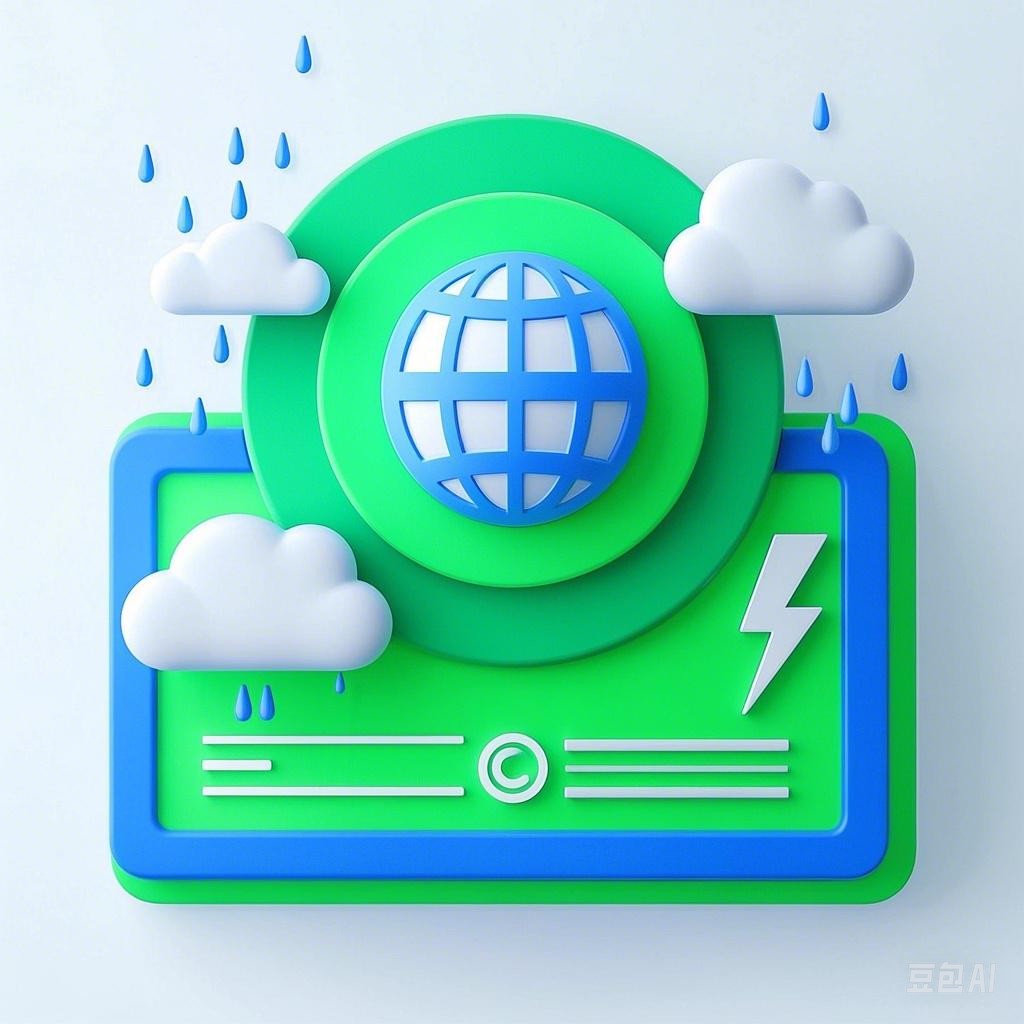Introduction
Drought and flood disasters are two of the most devastating natural phenomena that can occur in any region of the world. They can cause significant damage to infrastructure, agriculture, and human lives. This article aims to provide a comprehensive understanding of the impact of drought and flood disasters, their causes, and the measures that can be taken to mitigate their effects.
Drought
What is Drought?
Drought is an extended period of abnormally low rainfall, resulting in a water deficit. It can have severe consequences on agriculture, ecosystems, and human settlements.
Causes of Drought
- Climate Change: Changes in weather patterns, primarily due to global warming, can lead to prolonged droughts.
- Natural Variability: Some regions are naturally prone to periodic droughts due to their geographical location and climate.
- Deforestation: The removal of trees reduces the amount of water that is transpired back into the atmosphere, leading to drier conditions.
- Overexploitation of Water Resources: Excessive use of water for irrigation, industry, and domestic purposes can deplete water sources.
Impact of Drought
- Agriculture: Drought can lead to crop failure, reducing food production and causing food shortages.
- Ecosystems: Drought can cause the death of plants and animals, leading to a loss of biodiversity.
- Human Health: Water scarcity can lead to increased cases of waterborne diseases.
- Economic Impact: Drought can cause significant economic losses due to reduced agricultural production and increased costs for water supply.
Floods
What is a Flood?
A flood is an overflow of water that submerges land that is usually dry. It can be caused by heavy rainfall, melting snow, or the bursting of dams.
Causes of Floods
- Heavy Rainfall: Excessive rainfall can cause rivers and streams to overflow their banks.
- Melting Snow: Rapid melting of snow, especially in mountainous regions, can lead to flash floods.
- Deforestation: The removal of trees can lead to increased runoff, as there are fewer roots to absorb water.
- Urbanization: Urban development can lead to increased surface runoff, as there are fewer natural areas to absorb water.
Impact of Floods
- Infrastructure Damage: Floods can cause significant damage to homes, roads, bridges, and other infrastructure.
- Agriculture: Floods can destroy crops and contaminate water sources.
- Human Health: Floods can lead to waterborne diseases and mental health issues.
- Economic Impact: Floods can cause significant economic losses due to damage to property and infrastructure.
Mitigation and Preparedness
Drought Mitigation
- Water Conservation: Implementing water-saving techniques in agriculture, industry, and households.
- Irrigation Management: Improving irrigation systems to minimize water loss.
- Desalination: Developing desalination plants to convert seawater into freshwater.
- Policy Measures: Implementing policies that promote sustainable water use.
Flood Mitigation
- Land Use Planning: Designing urban areas to minimize surface runoff.
- Flood Barriers: Constructing flood barriers and levees to prevent water from overflowing.
- Early Warning Systems: Implementing early warning systems to alert residents of impending floods.
- Emergency Response Plans: Developing emergency response plans to minimize the impact of floods.
Conclusion
Drought and flood disasters have significant impacts on society, economies, and the environment. Understanding the causes and effects of these disasters is crucial for developing effective mitigation and preparedness strategies. By implementing the suggested measures, we can reduce the impact of these devastating natural phenomena and build more resilient communities.
